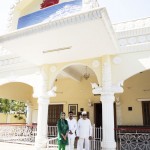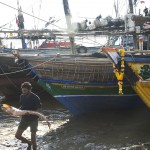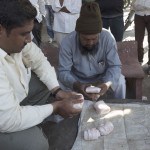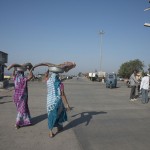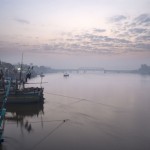Cultural Mapping of Daman Back
The entire region comprising Union Territories of Daman, Diu and Dadra & Nagar Haveli has a distinct Portuguese style. About 450 years of Portuguese interaction with Asia mainly spread along the Indian coasts has left an inimitable legacy in these Union Territories. This Indo-Portuguese cultural fusion is still carried on by small groups found in the region.
Daman, spread over 102 sq km, lies on the Gujarat coast just south of Valsad. Although surrounded on three sides by the state of Gujarat, Daman is part of the Union Territory of Daman & Diu. This paradise of peace, solitude, and contentment with its coastline about 12.5km along the Arabian Sea (Gulf of Khambhat) was once known as Kalana Pavri or Lotus of the Marshlands.
The history of Daman dates back to the period between 8th and 13th century when it was a stronghold of the Chowda Rajputs. For the next 200 years, the territory came under the rule of Muslim Emperors.
The Portuguese arrived in India and ruled Goa and its surrounding areas from 1510 – 1961. The purpose of the Portuguese coming in to India was primarily commercial, and they settled in the coastal areas as it was necessary to establish strategic colonies to serve them as trading bases. They took over Daman in the 16th century due to its strategic importance on the sea route between East and West Asia. After the signing of a defensive treaty with the local king of Gujarat, the Portuguese presence in Daman, Diu and Goa was complete.
Daman was an important outpost of opium trade to China till the Portuguese remained a potent naval power. Due to the importance of Daman in this opium trade, Daman grew as a popular port and a ship building yard during this time. Being in regular trade with other ports around the opium trade routes, smuggling continued for many years, up until the 1970s.




